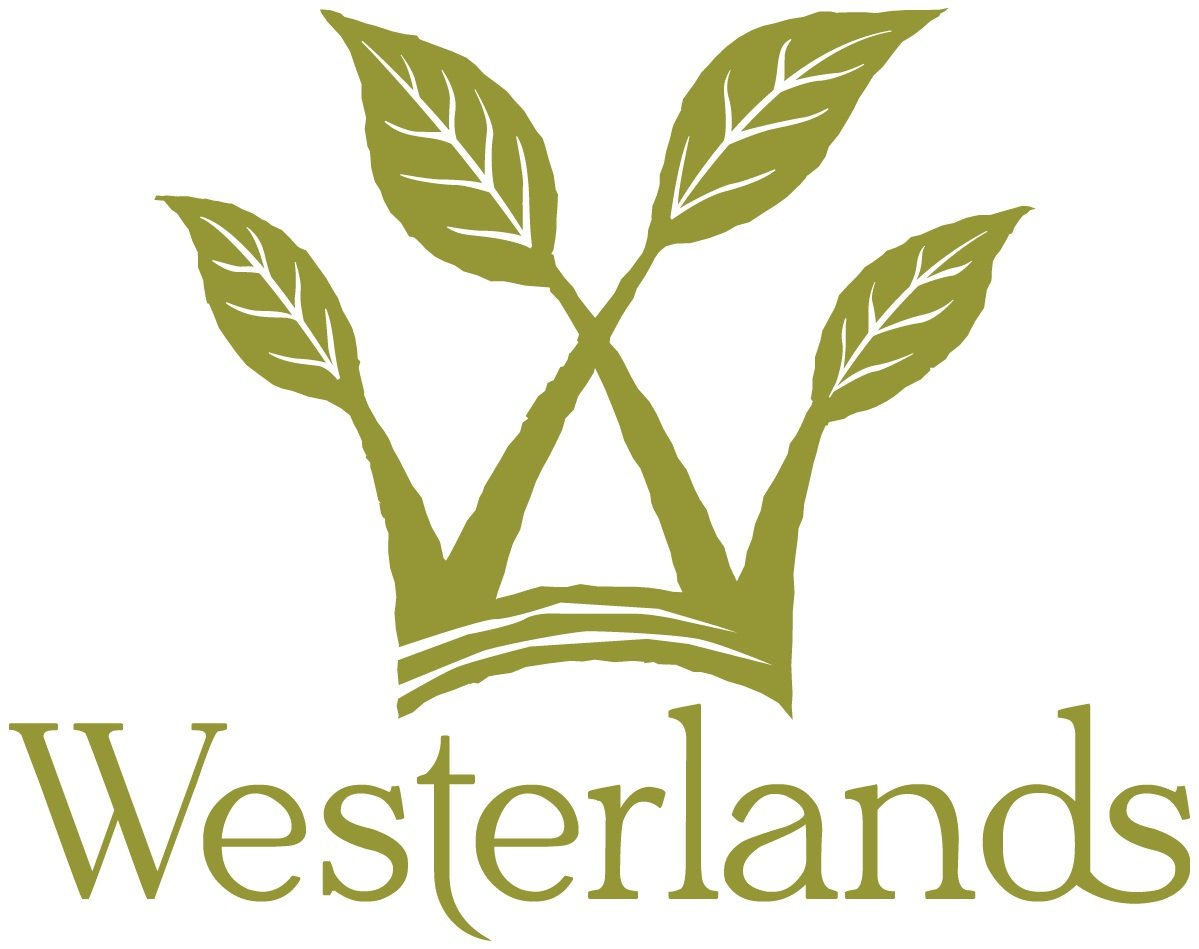❍ Snow Moon
February Full Moon
Date: Sunday 1 February 2026
Moonrise: 5.45pm
Book an exclusive one hour night-time session at our WildSpa sauna and plunge for up to 6 people when you stay at Westerlands during a full moon.
February 2026
Snow Moon
Why It’s Special
The Snow Moon is the full moon of February, traditionally named for the heavy snowfalls that often occur during this month. While it is not a supermoon, it still shines brilliantly in the long winter night. This full moon marks one of the coldest periods of the year, when frost blankets fields and the nights stretch long and quiet. Historically, it was a critical time for rural communities to ensure that livestock were fed, provisions were sufficient, and preparations for the remaining winter weeks were in order. The Snow Moon’s brightness served as both a practical guide and a symbol of endurance during the depths of winter.
What You’ll Notice
At Westerlands, the Moon will rise in the east at approximately 5.45pm, just as dusk deepens. Low on the horizon, it may appear warm, amber or orange, gradually fading to a clear silvery white as it climbs higher. Its light will illuminate frosted fields, bare trees, and any remaining snow on the landscape, casting long, soft shadows. Even without supermoon status, the Snow Moon’s glow is strong enough to transform the evening countryside, offering a rare opportunity to appreciate the winter landscape under full lunar illumination.
Folklore & Tradition
The Snow Moon has been observed for centuries as a time of reflection and preparation. In European and Native American traditions alike, it symbolized the need to endure winter’s harshness while ensuring that resources such as stored grain, preserved meat, and firewood would last until spring. The Moon’s light guided evening activities and offered reassurance that, even in the darkest and coldest month, the lunar cycle remained a steady rhythm to plan by. Some called it the Hunger Moon, noting that the scarcity of food in winter made this a critical period for communities to manage supplies carefully.
Seasonal Connection
For farming communities, February was often the deepest point of winter, when fields lay fallow and the focus shifted to caring for animals and preparing for the coming growing season. The Snow Moon’s illumination extended usable evening hours, allowing people to check on livestock, reinforce food stores, or carry out small maintenance tasks. Its appearance was a natural marker in the agricultural calendar, reminding observers of the cyclical nature of the seasons and the necessity of patience and foresight before the first signs of spring emerged.
Tips for Viewers
At Westerlands, look to the east around 5.45pm for the rising Moon. The low horizon will enhance the Moon illusion, making it appear larger and more dramatic. Frosted fields, hedgerows, or ponds can be used to create beautiful photographic compositions with the Moon’s reflection. As it climbs higher in the sky, take time to enjoy the clarity and brightness of the winter night, observing how the silvery light transforms the landscape. Even a brief walk under the Snow Moon allows you to experience the serene beauty and quiet power of the deep winter sky.

